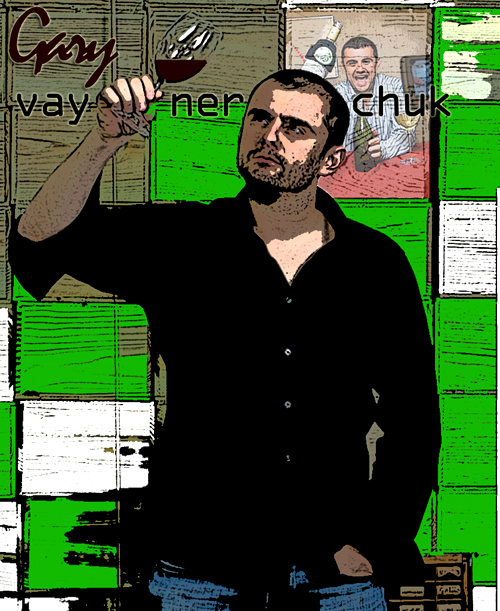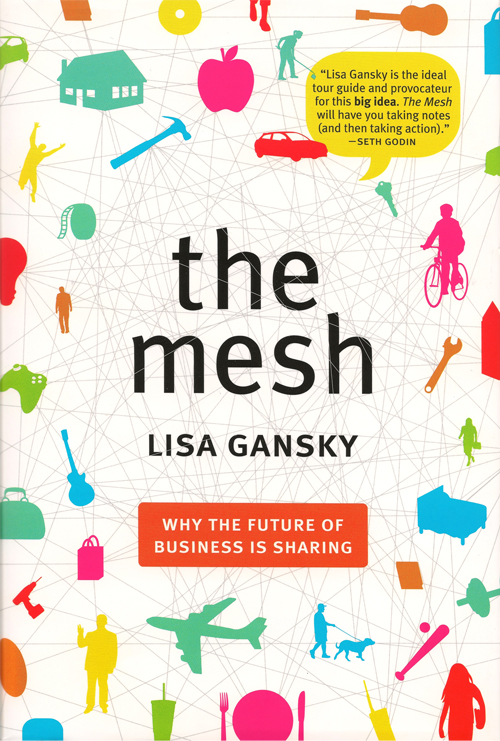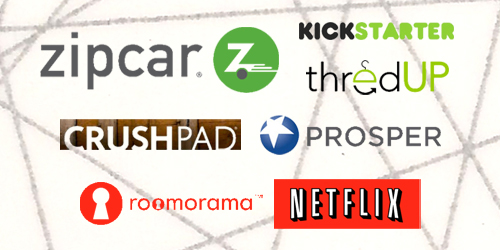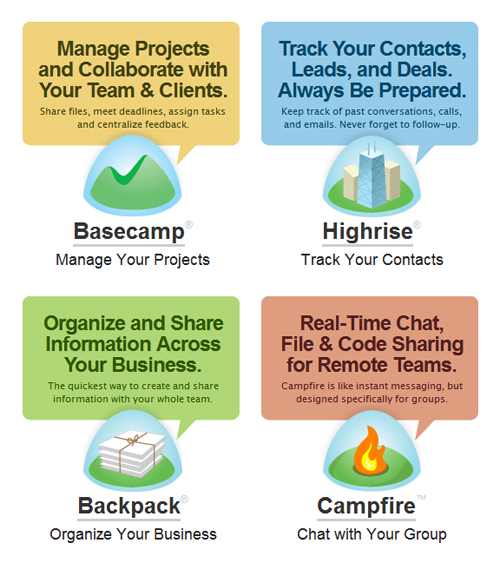I just finished reading “Crush It! Why Now is the Time to Cash in on Your Passion” by Gary Vaynerchuk. Again, I’m behind on this one. This was one of the “it” business books of 2009 (NYT and WSJ bestseller).
Here’s the book’s website.
Here’s the Amazon review page.
If you’re not familiar with Gary, watch a few episodes of Wine Library TV. In short, he’s extremely enthusiastic and inspiring. Connecting personal branding, personal passion, and social media, “Crush It!” is brimming with obsessive energy and absolutely delivers on its title.
What feels like the single most important ingredient, though, is hard work. Lots of it. Very, very hard. Ceaseless hustle. This shouldn’t be a surprise, though, from a guy for whom owning the New York Jets “has been an obsession … since the third grade” (p 15).

Web 2.0 Portraits - Gary Vaynerchuk (Gary Vee) by Sam Taggart (samtaggart.com)
Hard Work Notes and Quotes
On page one, he makes clear that hard work’s part of the formula: “You’re lucky because you live in an age of unmatched opportunity for anyone with enough hustle, patience, and big dreams.” He bridges pages one and two with a reference to “a willingness to work your face off.”
His three simple rules for life: “Love your family. Work superhard. Live your passion” (p 2).
His “timeless” messages in the book: “Do what makes you happy. Keep it simple. Do the research. Work hard. Look ahead” (p 12).
Regarding the ceaseless nature of the effort: “No matter how successful you get, you cannot slack off … Stop hustling, and everything you learn here will be useless” (p 13).
Regarding the modeling of learned behavior: “My dad worked his ass off, so much that I really didn’t get to know him until I was fourteen years old.” (p 19) Gary got to know him by … you guessed it, getting into the family business, Shopper’s Discount Liquors. He helped grow the business from $4M to $20M between 1998 and 2001 (p 25).
An example of hard work toward your passion: “You should be reading and absorbing every single resource you can find – books, trade journals, newsletters, websites, as well as taking classes and attending lectures and conferences” (p 49-50).
What life looks like while crushing it: “There will be time for meals, and catching up with your significant other, and playing with the kids, and otherwise you will be in front of your computer until 3:00 A.M. every night … Expect this to be all consuming” (p 89).
The real, true and absolute bottom line on hard work: “Someone with less passion and talent and poorer content can totally beat you if they’re willing to work longer and harder than you are. Hustle is it. Without it, you should just pack up your toys and go home” (p 88).
By his own words, hard work and hustle are not just fundamentally important, then, they’re the difference maker. This explains exactly why more people are not crushing it: “Too many people don’t want to swallow the pill of working every day, every chance they get” (p 88).
I appreciate that while drawing a wonderful, idealized image – making a living (or even getting rich) by living your passion – Vaynerchuk doesn’t sugar coat the requirements in any way. There’s no magic. There’s no silver bullet. Instead, there’s reality and credibility.
Vaynerchuk does provide a nice formula to help you take advantage of inexpensive tools that have only recently become available (the “now” part of the title). While the general outline and rough plan are his, the passion, patience and hustle, though, are all yours. In theory, the hard work doesn’t feel like work if it’s about something you love.
Interestingly, Vaynerchuk’s true passion isn’t wine. It’s business development. This means that he’ll be even more interesting to read, hear, and watch in the coming years.
A note about Sam Taggart: he’s got a sporadic series of these portraits at his website – samtaggart.com. I don’t know Sam; I found his site through a Google search. This was – by far – the coolest image of Vaynerchuk on the internet. I thought it was a nice inclusion because a) it’s a great image and b) it’s obviously born of personal passion. Coincidentally, he’s a project manager for VaynerMedia. Again, check him out.


